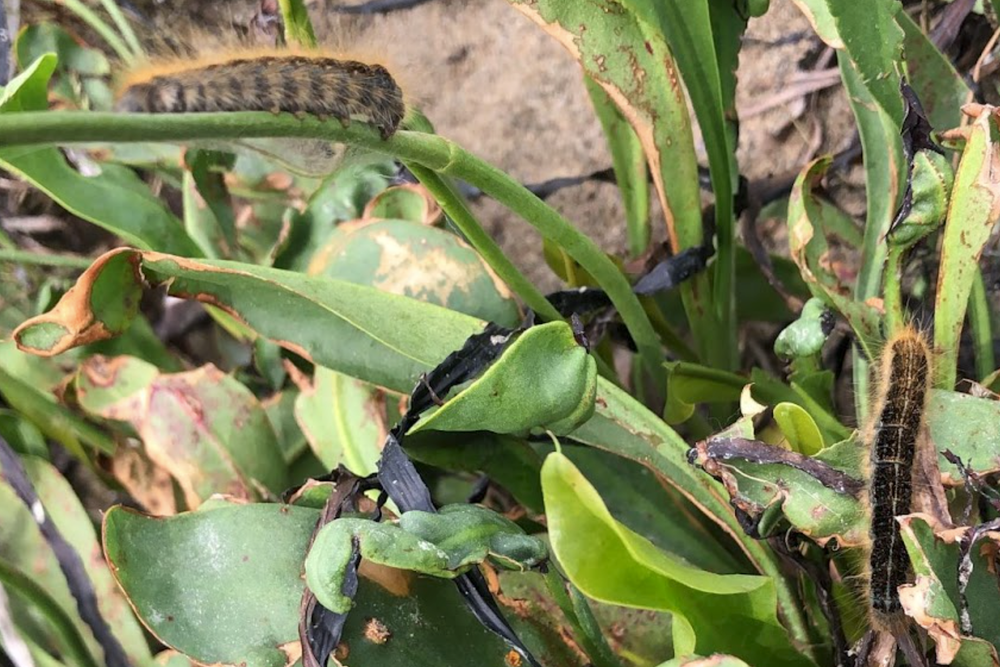Photography and text by the We are here Venice team - Jane da Mosto, Eleonora Sovrani, Margherita Scapin, Celia Gavaud, Alessandro Sartori
Practical restoration work is well underway at the Italian Action Site. It is a reclaimed salt marsh in the Venice Lagoon, one of many infills constructed with dredged sediments (a by-product of port maintenance and other infrastructure projects). The classification of this particular artificial marsh as “medium condition”, based on its current state in terms of erosion, vegetation cover and biodiversity, made it a suitable place for demonstrating the potential benefits of working with nature for wetland restoration that is at the heart of the WaterLANDS initiative.
The overall aim is to connect stakeholders and the community, practical know-how and scientific research, experience and education, all in an innovative framework for successfully scaling up efforts — via new public/private partnerships — to revive the wetlands on a landscape scale throughout the lagoon.
Created around 2015, the characteristic salt marsh community of the Venice Lagoon has not developed fully, leading to a low species richness in areas, and limiting the extent of channels and pools which support exchanges with the lagoon, essential for making the entire area more resilient to erosion. A significant portion of the reconstruction is permanently submerged and the wooden supports creating the edges have collapsed in some parts and areas are eroding rapidly.
A more ecologically minded version of complementary interventions constitute the Venice Action Site’s restoration management plan, aiming not only to stabilise sediment at the edges but also on the lower elevations to promote the re-establishment of important pioneer vegetation such as Spartina, Salicornia, and Sarcocornia, which in turn further stabilise sediments providing a natural vehicle to facilitate carbon sequestration and biodiversity enhancement. The ultimate goal is to prevent further erosion and promote the establishment of a more robust eco-morphodynamic system.
A combination of biodegradable materials are being used in this project: fascine (bundles of locally sourced branches) to create gentle barriers and coir rolls. These are placed strategically, based on vegetation vulnerability, site layout and elevation assessments. By disrupting strong flow and dissipating wave energy, these structures can promote sediment accumulation and allow seedling settlement, helping the pioneer species to establish and allowing established plant communities to develop laterally. More vegetation leads to further seedling establishment and stabilisation, with the goal of reversing the trend on sunken areas of the marsh. New contacts and sources of expertise have emerged from the planning and execution of interventions, whose specific experience is proving to be important in informing the process of accumulating local knowledge and scaling up in the future.
An ecological survey and sediment analyses constitute the baseline for evaluating restoration effectiveness. Post deployment monitoring is underway while periodic drone surveys help to assess topography, track changes and improve understanding of plant distribution.
Citizen science activities and the artist residency are in development, and engagement of local middle schools continues, centered on the important concepts around which the WaterLANDS project is based. The third edition of the educational program Giants of the Lagoon has already started, and it involves 7 secondary school classes from the greater Venice area.
The third annual community workshop was held in May to help rebuild connections between different types of “lagoon users”, gathering more information and insights as well as promoting new thinking about the value of wetlands to the development of Venice as a living city – and to making it less dependent on mass tourism and port activities. The workshops have adopted the deliberative approach advocated by Project Co-Coordinator Craig Bullock (University College, Dublin), WaterLANDS coordinator.
Mirroring our engagement work to build community expectations, the steering group consisting of representatives from local and regional administrations, the port authority as well as the State body responsible for safeguarding the lagoon is an important element to channel the WaterLANDS objectives to:
- restore awareness of potential salt marsh restoration to improving the health of the lagoon system,
- offer more diversified employment opportunities,
- showcase the role of wetlands in addressing the climate and biodiversity crises, building on Venice's global visibility, and
- more generally build trust in the value for everyone and everything of nature restoration, community participation and public sector transparency.
The fascines are helping attenuate waves and encourage sediment accumulation according to initial findings of the monitoring campaign (September, October 2024).


Biodiversity monitoring includes distinguishing between artificial infills and established natural marsh (Early summer, 2024)


Schoolchildren during two of the Giants of the Lagoon excursions (April, 2023, April 2024)


Outputs from the 3rd Community Workshop (May, 2024)



